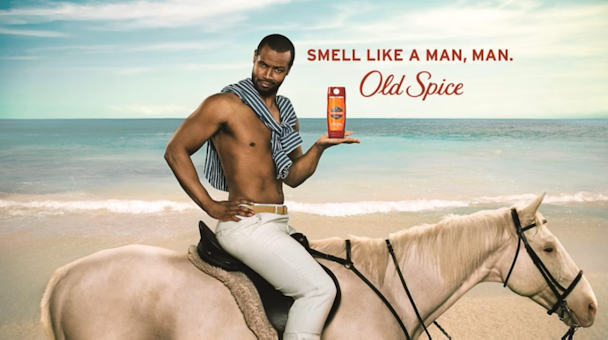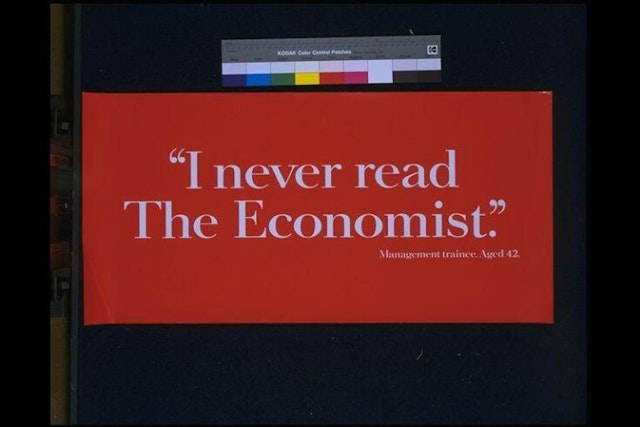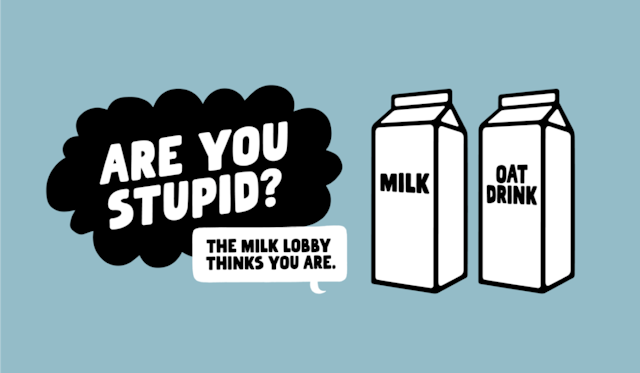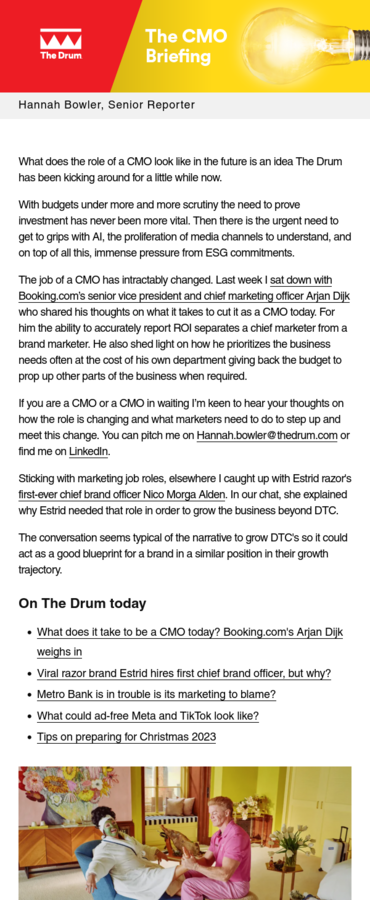Have advertisers accidentally canceled comedy by being too purposeful?
Nostalgia is a trusty tool of any comedian, but Maaike Kessels, a strategist at Ogilvy, believes it is time for advertisers to get nostalgic for comedy. Surely she’s having a laugh? Ads are still funny, right?

Perma-crises, cancel culture and impending annihilation make for a heady mix of morning headlines. Surely, against this backdrop, audiences are crying out for a bit of light relief in the form of an ad that puts a smile on their faces?
Unfortunately, there is a catch - these perma-crises aren’t something to laugh at, leading to an era of purpose-driven marketing. As creatives and an industry, we are, of course, defined by the times we are living through. But have we - in our attempt to ensure our work is meeting the mood music and appealing to everyone - also lost our sense of humor?
We must remember, in the grand scheme of things, we are in a better place. I am not about to launch an attack on the power of prosocial purpose. If we look at the long view of societal history, we are in a better place, and while there is much still to do, we continue to move in the right direction, albeit slowly. And this is reflected in the ads we’re creating. If you look at the WARC rankings 2023 - across the top 10 campaigns, there was a strong theme of promoting societal issues through creativity. Interestingly, none of the ads harnessed the power of humor for more effectiveness.
Advertisement
Yet, in a recent study by Oracle, a whopping 91% of people globally prefer brands to be funny. In comparison, 72% would also choose a brand that uses humor over the competition, the latter being part of why humor has traditionally been popular in ultra-competitive categories like FMCG and service industry creative.
So, if our audiences want a laugh, as well as a conscience, why aren’t we giving them it?
Why do we now fear humor?
Humor in ads has declined for over 20 years, but brands turned further away after the Global Financial Crisis of 2009. A marked shift in humor can be traced to this time. Notably, the Drum’s 2022 ranking of ‘World’s Best Ads of All Time’ – only contains two humorous ads from around this time in the top 10, both Old Spice’s ‘The Man Your Man Could Smell Like’ (2010) and Skittles’ ‘Touch the Rainbow’ (2008) - with no other humorous entries in the last ten years.
Since Isaiah Mustafa rode topless astride a horse and into our hearts, things have gotten less funny. In the same consumer research paper by Oracle, we see that 95% of business leaders now fear humor in consumer interactions. This is a stark contrast to what we know about audiences wanting to hear it in our tone of voice and see it in our creative.
Advertisement
Purpose and humor aren’t enemies. Navigating the societal landscape is more complicated than it used to be. But this doesn’t mean we should give up on humor altogether. Branding experts such as Jon Evans and Jo Arden argue that when done right, purpose and humor aren’t mutually exclusive (as shown brilliantly by brands like Oatly and Liquid Death).
Suggested newsletters for you
Moreover, they bring levity, making the message more accessible.
So, taking what was good about the old and right about the now - how can we bring humor back into our ads today?
Use future forward messaging
Communicating or acting on the wish that a situation could be different by providing a solution or (improved) perspective. Often harnessing an exaggerated form of humor to show how (ridiculous) the situation/ world we find ourselves in is.
A prime example is the Barbie film, which aims to break stereotypes and show a world that ‘could be.’ By taking the future to an extreme or even absurd level, the film effectively challenges the notion of patriarchy and promotes a vision of greater equality. It encourages the audience to question traditional gender roles and expectations.
Channel 4’s 'Merry Different' includes a future-forward scenario, showing various characters like the Easter Bunny, St Patrick’s Day and a Christmas Elf, all pitching in to try to make Christmas happen in the first Covid-19 year–a unique ad among all the Christmas tearjerkers.
In other words, it punches up, not down.
Universal known behavior can be confronted with levity
Our brain favors grouping – not this, that and a hint of this. It helps provide structure to who we are and, not coincidentally, what brands we buy or like. However, instead of going for stigmas and demographic grouping (gender, race, age) – brands that play in this area successfully incorporate a psychographic rather than demographic element, providing an opportunity for self-identification.
Snickers’ 'You’re Not You When You’re Hungry' portrays this perfectly. Interestingly, the ‘new’ brand claim in 2010 came after Snickers briefed BBDO to switch from a strategy that felt “Bro-y” to one that catered to a broader audience. This a rare example of a brand that took a universal (global) insight but tailored the hilarious creative executions for local nuance without simply parachuting an American campaign into various countries.
Be lateral, not literal (unless you’re willing to embrace irreverence)
A lateral approach involves conveying a message indirectly to avoid a negative tone or calling out specifics.
The Economist ad 'I never read the Economist – Management trainee, age 42' is a classic example. It makes you think for a second before landing on the implied message.

Although in a society where people swap careers later in life, it feels out of touch with current cultural norms. A recent example is Samsung’s ‘Join the Flipside,’ inviting you to join the foldable revolution – but laterally conveying that you can’t escape the (slightly creepy) yet irrepressible appeal of the foldable phone.
Advertisement
If you do want to be literal and direct, then brands should go to the extreme. Especially brands with a clear prosocial purpose or those aiming to disrupt a category. Brands such as Oatly (‘The Milk Lobby Thinks You’re Stupid’) and Liquid Death (‘Death to Plastic’) use irreverence to challenge the status quo and make a statement.

Use lightness – but never make ‘light of’
Drawing inspiration from successful brands of today, the overarching principle is that we approach topics with lightness but never ridicule. Whatever humorous ads we put out should be created with respect.
So, we can do purpose by being the punch line ourselves. Striking the delicate balance between humor and purpose is challenging, but it’s a welcome change. So, let’s embrace the challenge and, infuse much-needed laughter back into the world of advertising, and make creative fun again.


